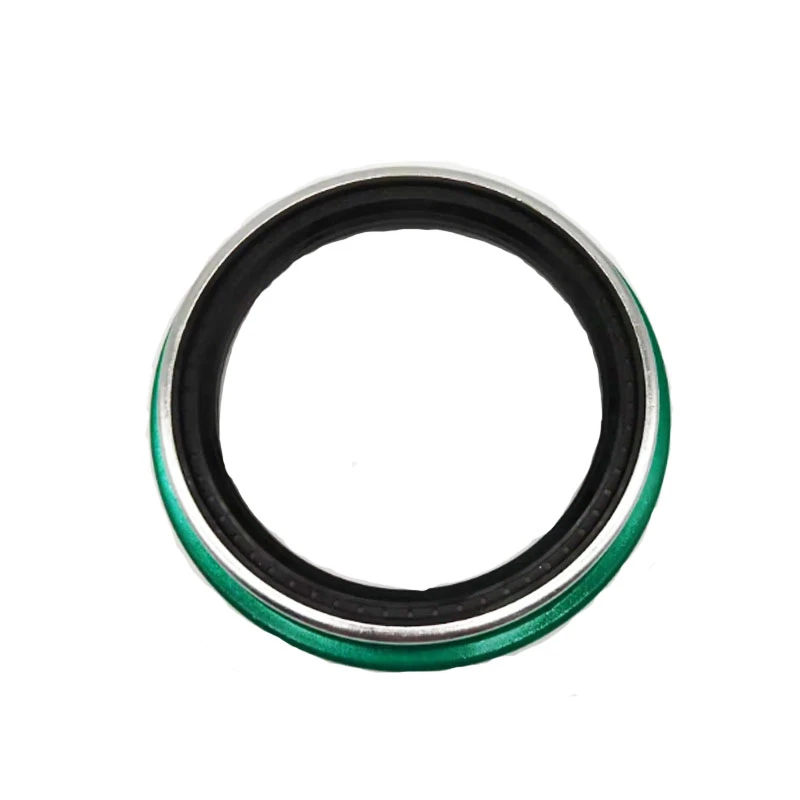Oil Leak Issues Caused by Drain Plug Malfunction and Solutions
Understanding the Causes and Solutions of Oil Leaking from the Drain Plug
Oil leakage from the drain plug is a common issue encountered by many vehicle owners and mechanics alike. This problem not only reflects a malfunctioning component but also poses significant risks to the engine's performance and environmental safety. In this article, we will delve into the causes of oil leaks from the drain plug and discuss effective solutions to prevent or repair such leaks.
What is a Drain Plug?
The drain plug, often referred to as the oil pan plug, is an essential component of a vehicle's engine lubrication system. It seals the oil pan, where engine oil is stored. This plug is critical for maintaining the integrity of the oil system, preventing leaks and ensuring the engine receives adequate lubrication.
Causes of Oil Leaking from the Drain Plug
1. Worn or Damaged Washer The washer that seals the drain plug can wear out over time or become damaged. A compromised washer no longer provides a tight seal, leading to oil seepage.
2. Improper Installation If the drain plug is not installed correctly, it might not seal properly, resulting in leaks. Over-tightening or cross-threading the plug can also cause damage.
3. Corrosion Over time, metal components can corrode. A corroded drain plug or oil pan can create gaps or holes, allowing oil to escape.
4. Age and Wear of the Plug Just like any other component, the drain plug itself can wear down over time. A degrading plug may not fit snugly, which can lead to leaks.
Detecting an Oil Leak
leaking oil from drain plug

Identifying an oil leak can be fairly straightforward. If you notice oil spots under your vehicle or a low oil level in your engine, it could be an indication that your drain plug is leaking. Regularly checking your oil level and looking for signs of oil on the ground can help you catch a leak early.
Solutions to Fix Oil Leaks from the Drain Plug
1. Replace the Washer If the washer is worn or damaged, replacing it is often a simple and effective solution. Make sure to use a washer that is compatible with your vehicle's specifications.
2. Inspect the Plug Check the drain plug for any signs of damage or wear. If the plug is stripped or does not fit properly, replacing it with a new one may be necessary.
3. Correct Installation Ensure that the drain plug is installed correctly. It should be tightened to the manufacturer's specifications without being over-tightened. Cross-threading should be avoided; if it occurs, the threads may need to be repaired before reinstalling.
4. Clean the Area Before reinstallation, clean the area around the drain plug to remove any dirt or debris. This will help create a better seal.
5. Use the Right Oil Always use high-quality oil that is recommended for your vehicle. This can prevent potential sludge buildup and ensure the proper work of the drain plug.
6. Regular Maintenance Regular maintenance checks can help identify potential problems before they escalate. This includes checking the oil level and inspecting the drain plug and washer for signs of wear.
Conclusion
Oil leaking from the drain plug is an issue that can lead to serious consequences if not addressed promptly. Understanding the causes and implementing recommended solutions can help vehicle owners maintain their engines effectively and avoid costly repairs. Regular inspections, proper maintenance, and timely repairs are key to ensuring that your vehicle operates smoothly and efficiently.
-
Simplifying Oil Changes: A Comprehensive Guide to Oil Drain Plugs and Their Variants
News Aug.04,2025
-
Mastering Oil Drain Maintenance: Solutions for Stripped, Worn, and Upgraded Oil Plugs
News Aug.04,2025
-
Fixing Oil Pan Plug Issues: Leaks, Stripped Nuts, and the Right Replacement Solutions
News Aug.04,2025
-
Everything You Need to Know About Oil Drain Plugs: Sizes, Fixes, and Upgrades
News Aug.04,2025
-
Choosing the Right Oil Drain Plug: A Guide to Sizes, Materials, and Drain Innovations
News Aug.04,2025
-
A Complete Guide to Automotive Drain Plugs: Types, Problems, and Innovative Solutions
News Aug.04,2025
-
The Ultimate Guide to Car Repair Kits: Tools and Essentials Every Driver Should Own
News Aug.01,2025
Products categories















